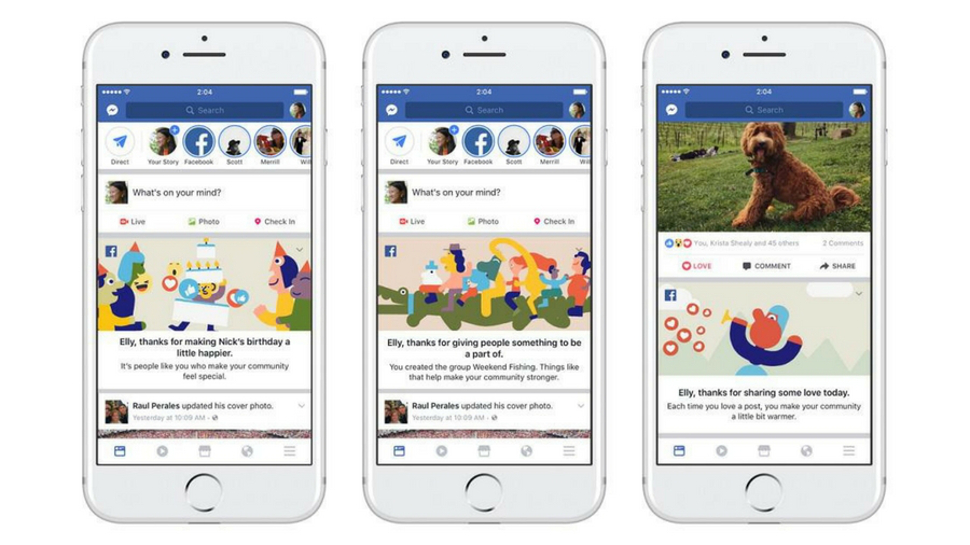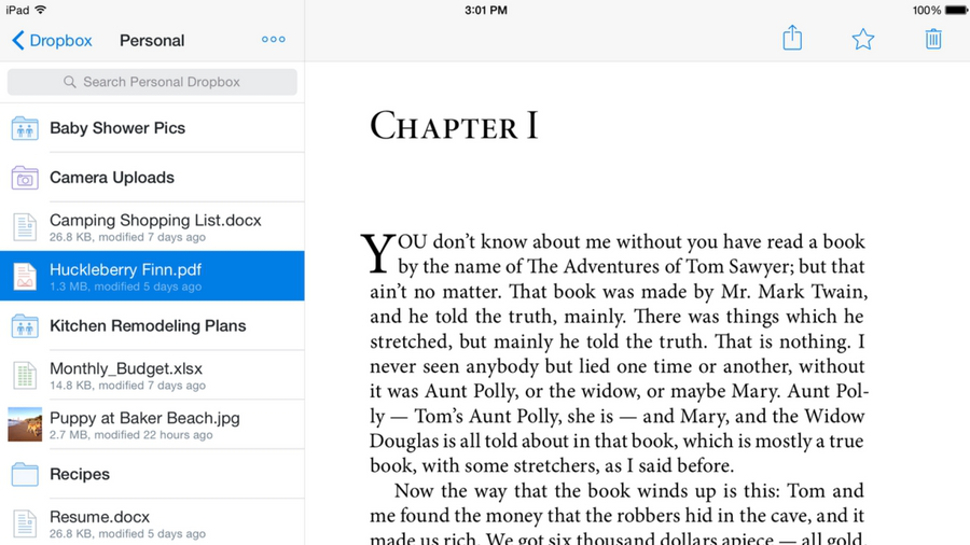A tale of two internets: how Content Delivery Networks are guzzling up the web
Walled garden networks could soon control 70% of the net

The internet: singular. A global computer network providing a variety of information and communication facilities, consisting of interconnected networks using standardised communication protocols.
There's a problem with that definition, namely that there are increasingly two internets; one for the First World, and one for everybody else. Why? It’s because of the spread of content delivery networks (CDNs), which are fast guzzling up the worldwide web.
Cisco reports that the role of CDNs in data delivery is rapidly increasing. CDNs will carry 71% of total internet traffic by 2021, up from 52% in 2016, says the firm’s Zettabyte Era report. But why is this happening? And does it matter?

What is a CDN?
A CDN is a geographically distributed network of distributed servers and data centres that serve a particular user group. That means streaming video providers like Netflix and Google's YouTube, social media platforms like Facebook, WeChat and Instagram, it's iTunes, it's Spotify, and Amazon.
These are so-called 'walled gardens', and they're designed to ensure high performance and availability of content whenever and wherever it's needed. CDNs are efficient, they're customisable, and they're hugely popular with users.
CDNs so far have generally been built, managed and provided as a service by two main companies – Akamai and Limelight – which handle the hubs for firms like Airbnb, IKEA, MTV and Reuters, the BBC, DailyMotion, DirectTV, Roku and Sky. Other players include StackPath, Fastly and Amazon CloudFront, with the latter rising swiftly.
However, this market is changing fast. Akamai used to handle Apple, Facebook, Bing and Twitter, which gives away a clue to the big trend in CDNs – they've gone private, with the likes of Facebook and Netflix building their own networks. They have a big future; Cisco reports that 68% of CDN traffic will be carried by private CDNs by 2021.
Are you a pro? Subscribe to our newsletter
Sign up to the TechRadar Pro newsletter to get all the top news, opinion, features and guidance your business needs to succeed!
Walled garden-style experiences are becoming walled gardens proper.

The swap to private CDNs
As we’ve just mentioned, private CDNs are those built and operated by content providers – such as Google, Amazon, Facebook, Microsoft, Netflix and Pandora – for their own content, and only their content. Why? A massive expansion is needed, and most of the big players now need a custom solution.
Internet speeds and bandwidth are very important if you're someone like Netflix wanting to stream a lot of video, but such infrastructure is largely out of the provider’s control. "Although network performance is usually attributed to the speeds and latencies offered by the service provider, the delivery algorithms used by CDNs have an equal if not more significant bearing on video quality," reads Cisco's report.
These private CDNs use proprietary algorithms to route requests, but in the case of Netflix, the bitrate of the video also dynamically changes to suit the bandwidth. Users don't have to suffer buffering video, which Netflix can only control because it owns and operates the CDN. Private, controllable and easy-to-expand CDNs are therefore much better for users, and now seen as utterly essential given the inexorable rise of one thing: streaming video.
Jamie is a freelance tech, travel and space journalist based in the UK. He’s been writing regularly for Techradar since it was launched in 2008 and also writes regularly for Forbes, The Telegraph, the South China Morning Post, Sky & Telescope and the Sky At Night magazine as well as other Future titles T3, Digital Camera World, All About Space and Space.com. He also edits two of his own websites, TravGear.com and WhenIsTheNextEclipse.com that reflect his obsession with travel gear and solar eclipse travel. He is the author of A Stargazing Program For Beginners (Springer, 2015),
